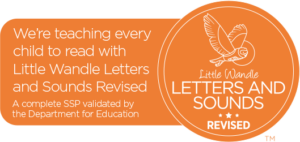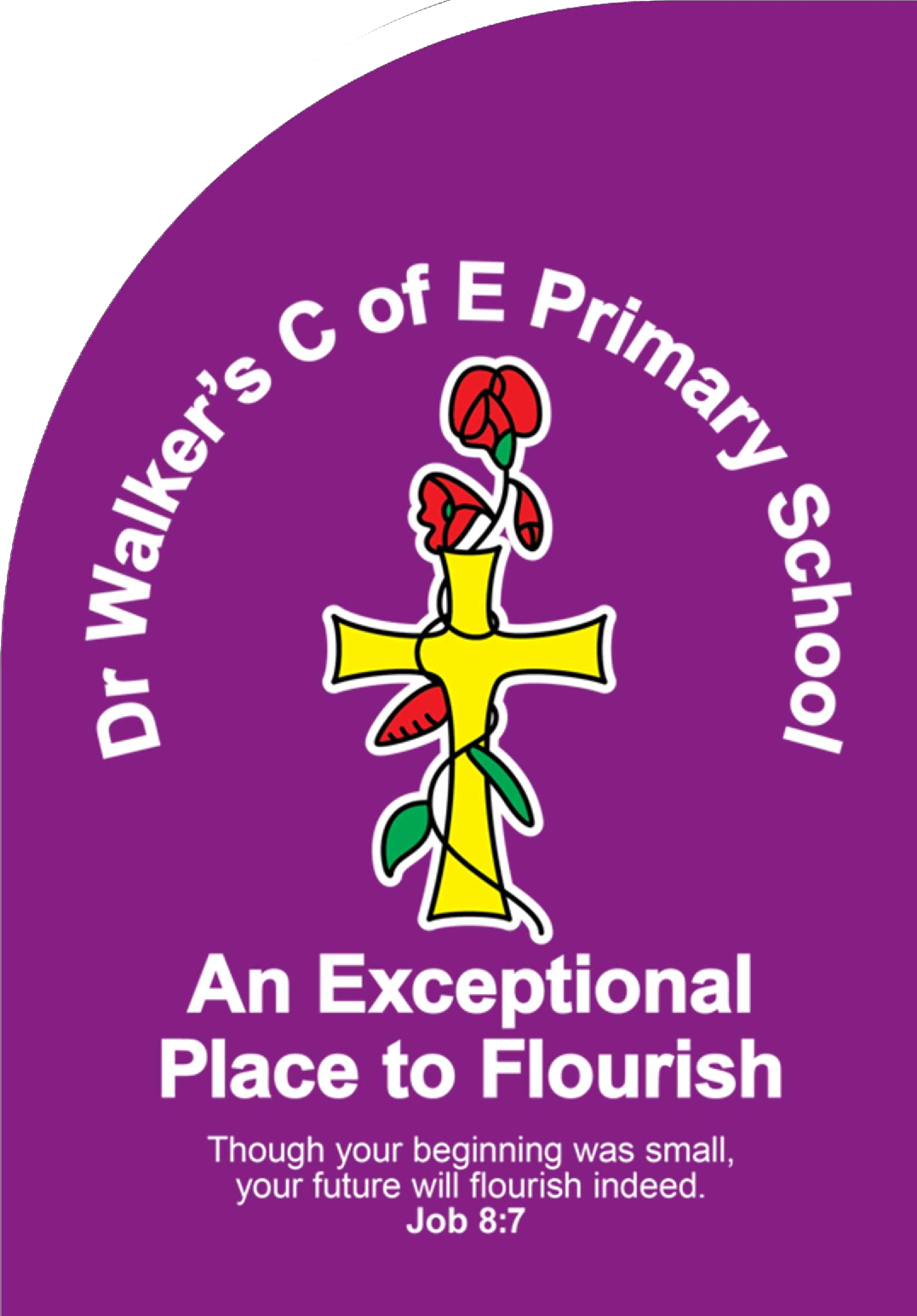
LITTLE WANDLE REVISED LETTERS AND SOUNDS
| File | Size | |
|---|---|---|
| Programme Overview Reception and Year 1 | 546.18 Kb |
At Dr Walker’s C of E Primary School, we use Little Wandle Letters and Sounds Revised. This accredited scheme has been developed by Wandle and Little Sutton English Hubs and taken forward by Little Sutton Primary School and Wandle Learning Trust in partnership with other phonics and early reading experts.
Our complete SSP has been built around the update (Letters and Sounds improving rates of progress 2021) and draws on our own schools’ excellent practice, as well as our work with schools around the country. Little Wandle Letters and Sounds Revised also draws on the latest research into how children learn best; how to ensure learning stays in children’s long term memory and how best to enable children to apply their learning to become highly competent readers.
For parents/carers
As the children learn, new graphemes they will learn a catchphrase to match the sounds. These become even more important when we start learning alternative spellings for the same grapheme. E.g. ur curl the fur or er a bigger digger.
As they learn different spellings, they ‘grow the code’ and learn to use grapheme charts to help them choose the right spelling. These will be used later in the year.
The biggest change for our teaching is the way we teach tricky words. The new scheme teaches the children to apply their phonics knowledge to tricky words and explains why the word is tricky. e.g. is – The i is phonetic but the ‘s’ makes a ‘z’ sound. This is what makes it tricky. e.g. of – The ‘o’ is phonetic but the ‘f’ makes a ‘v’ sound. This is what makes it tricky.
The children are taught which bits of the words are phonetic and which bits are tricky. The biggest and most exciting change is the reading practise sessions. This will start in January. We will no longer listen to individual reading in class. The children will have 3 reading sessions a week with a teacher or TA. Each reading session will focus on different things.
- Decoding – The children will look through the tricky words and any new vocabulary and have an opportunity to read the book to decode the words.
- Prosody – In this session, they read the book again but the focus is on building expression and intonation.
- Comprehension – In this final session, the children will learn to answer questions about the text. They will be asked to prove it and explain it and use examples form the text to help back up their answers.
In each session, the children will all read the book aloud and the adult will circulate and listen to all of them. This means they get many opportunities to practise and build fluency.
The way we cover the books in class and match the groups to assessments, means that by the time the book gets home to you it should be extremely easy for your child to read and you get to give them a chance to show off! This will give you more time to enjoy the picture books the children are bringing home regularly (they are allowed to swap these several times a week) or library books. Sharing high quality picture books, building your child’s knowledge of stories and developing their vocabulary is so valuable.
The scheme also has built in ‘keep up sessions’ to help children that have found something difficult. We no longer need to listen to children read individually, therefore will dedicate LSA time to supporting children to keep up. If your child comes home with a sticker on their arm with a sound or a tricky word then please ask them about it a few times that evening to reinforce their learning from that day.
For more information:
